Hydrolysis improves nutritive value of feed ingredients from processing
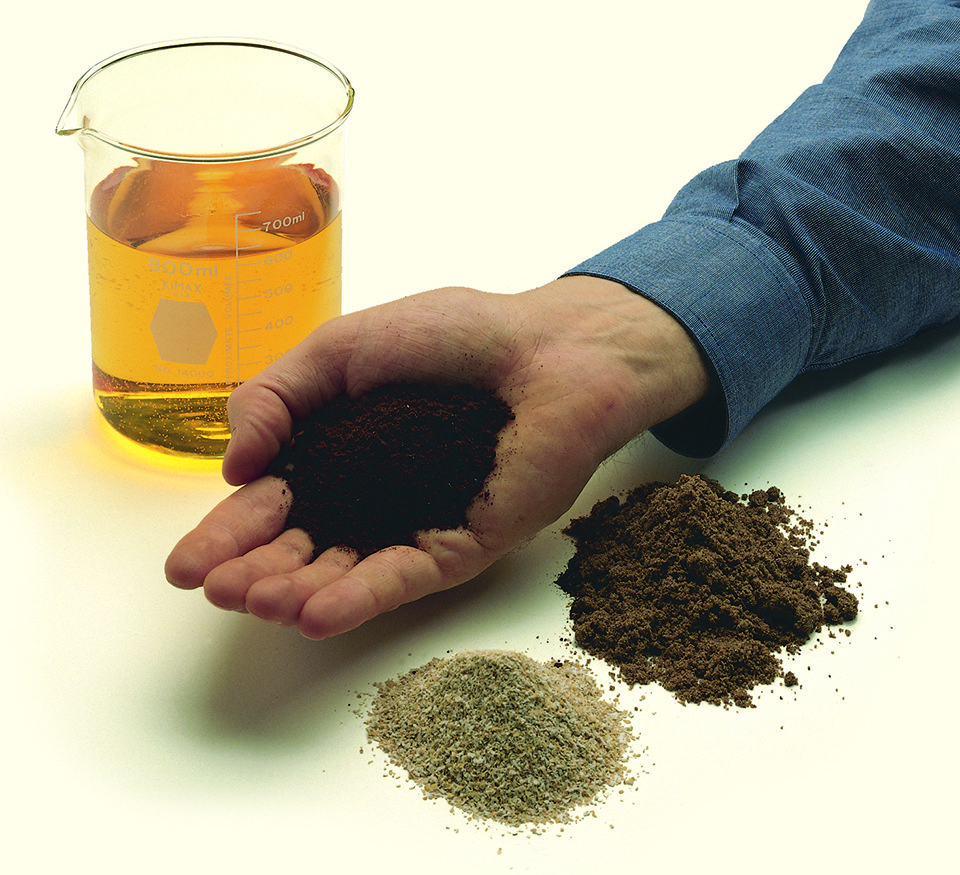
The supply of fishmeal from wild-capture fisheries, long the staple protein ingredient for high-quality aquaculture feeds, cannot expand further and is insufficient to meet the growing feed protein needs of the global aquaculture industry. Additional renewable and sustainable protein alternatives are needed.
Animal co-product hydrolysates (ACPHs) can meet many nutritional needs of aquaculture worldwide as a protein alternative in aquafeeds. ACPHs can help reduce pressure on natural fisheries stocks and provide sustainability in the growing demand for aquatic products.
Animal co-product hydrolysates
Animal hydrolysates result from controlled enzymatic digestion of by-products from the meat-processing industry. Technically, it is feasible to generate ACPHs from most kinds of slaughterhouse waste, such as scrap meat, offal, feathers and blood, as well as rendered animal by-products like meat and bone meal, poultry meal, feathers and blood meal.
Unique value
Hydrolysis improves the nutritive value of feed ingredients that are produced from slaughterhouse waste (Table 1). Enzymatic digestion of the raw material breaks the protein chains into peptides that are better absorbed in the gut.
Nates, Effects of hydrolysis, Table 1
| Effects Of Hydrolysis | Resulting Benefit |
|---|---|
| Digestion of protein | Improved digestibility, absorption and assimilation of peptides |
| Increase in the proportion of low-molecular compounds like short-chain peptides, free amino acids and nucleotides | Enhanced attractability and palatability |
| Production of bioactive peptides | Antioxidant and antimicrobial activities |
Enzymatic hydrolysis of poultry meal with endo- and exopeptidases shows the feasibility of hydrolyzing poultry by-products so significant amounts of short-chain peptides and free amino acids can be produced. High levels of digestible protein characterize poultry protein hydrolysates with a digestibility index above 95 percent.
Feather hydrolysates produced by bacterial keratinases have been tested as additives in aquaculture feeds, and several species of bacteria with high keratinolytic activity have been isolated from feather meal broth. Recent studies have established that the pepsin digestibility and amino acid content of fermented feather meal can be far better than those of commercial feather meal. The microbial cells could also potentially supply carotenoid pigments to fermented feather meal, whereby the ingredient may be useful in animal feeding not just as a source of protein but also that of pigments.
Attractability, palatability
The short-chain peptides and free amino acids produced as a result of hydrolysis along with nucleotides that are rich in meats confer excellent attractability and palatability properties to ACPHs. Poultry liver hydrolysates added to animal feeds at levels as high as 6 percent have been found to enhance palatability. Spray-dried hydrolysates produced from poultry by-product meal can contain up to 70 percent protein.
The authors found that inosine is the dominant nucleotide in poultry meal. The molecule is believed to enhance diet attractability in several fish species, including largemouth bass, turbot and mackerel. Among monophosphate forms, adenosine monophosphate dominated, and similar trends have been seen in fishmeal hydrolysates.
Antioxidant properties
Alkali hydrolysates and enzyme hydrolysates from meat and bone meal, blood meal and feather meal have ash and protein content similar to the parent materials, but with concomitant liberation of bioactive peptides that are encoded within the protein. ACPH prepared under alkaline hydrolysis can be a source of antioxidants with activities comparable to butylated hydroxytoluene. Results from studies have also shown the presence of the antioxidant carnosine, a histidine-containing dipeptide, in poultry by-products.
Carnosine levels in poultry products ranged 0.95-102.3 mg/g (wet basis). Carnosine levels in meat and bone meal ranged from 500 to 1,800 ppm, while in fishmeal, they can be as low as 5 ppm. Soy and other plant proteins do not contain carnosine.
In research, Nile tilapia whose diets contained added carnosine showed higher body weight and body length than fish in the control group. Diets supplemented with carnosine could increase the levels of growth hormone, insulin-like growth factor 1 and triiodothyronine in serum, indicating that diets supplemented with carnosine could improve antioxidation in muscle.
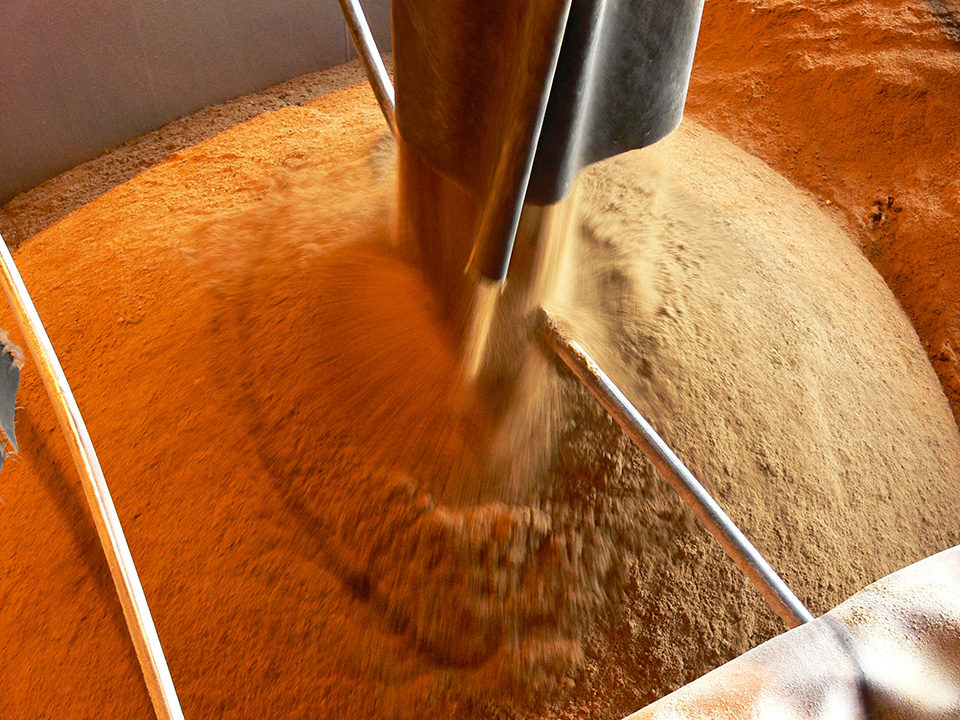
Antimicrobial peptides
Antimicrobial peptides have also been identified in poultry bone meal and feather meal hydrolysates. These include cysteine-rich antimicrobial peptides. Other potential molecules found in cattle, chickens and turkeys include galanin, which has been reported to elicit feeding in satiated animals, and “defensins” that show antimicrobial activity against bacteria and fungi. At this point, we don’t know if these molecules are present in animal by-products. Other properties Compared with fishmeal, dried porcine blood co-products and bone protein hydrolysates are poor in methionine and lysine. However, blood by-products are rich in microelements, which can improve calcium and copper retention in aquaculture species. This is especially true for shrimp, in which inadequate supplementary dietary copper level can reportedly result in significant growth depression. Porcine plasma hydrolysates are also effective inhibitors of lipid oxidation, as well as metal-chelating and reducing agents.
(Editor’s Note: This article was originally published in the September/October 2012 print edition of the Global Aquaculture Advocate.)
Now that you've reached the end of the article ...
… please consider supporting GSA’s mission to advance responsible seafood practices through education, advocacy and third-party assurances. The Advocate aims to document the evolution of responsible seafood practices and share the expansive knowledge of our vast network of contributors.
By becoming a Global Seafood Alliance member, you’re ensuring that all of the pre-competitive work we do through member benefits, resources and events can continue. Individual membership costs just $50 a year.
Not a GSA member? Join us.
Authors
-
Dr. Sergio Nates
Feedsagrisolutions, LLC
Haymarket, Virginia, USA[109,111,99,46,115,110,111,105,116,117,108,111,115,105,114,103,97,115,100,101,101,102,64,115,101,116,97,110,115]
-
Dr. Victor Suresh
Integrated Aquaculture International
Brunei Darusslam -
Kent Swisher
National Renderers Association
Alexandria, Virginia, USA
Tagged With
Related Posts
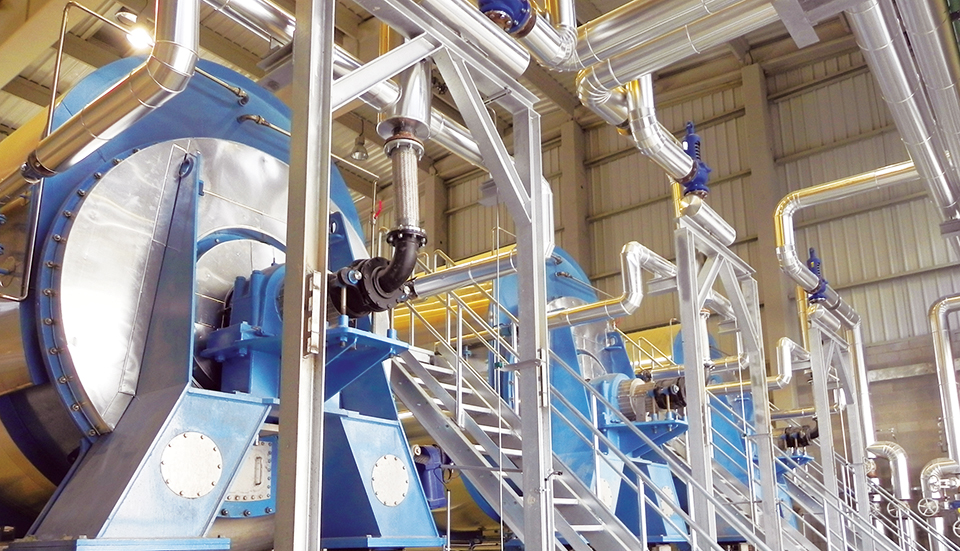
Aquafeeds
Animal byproduct concentrates useful tools in formulation
With the market volatility of fishmeal, as well as rising sustainability concerns, the aquaculture industry is seeking sources of protein, such as animal byproduct concentrates, to substitute for fishmeal.
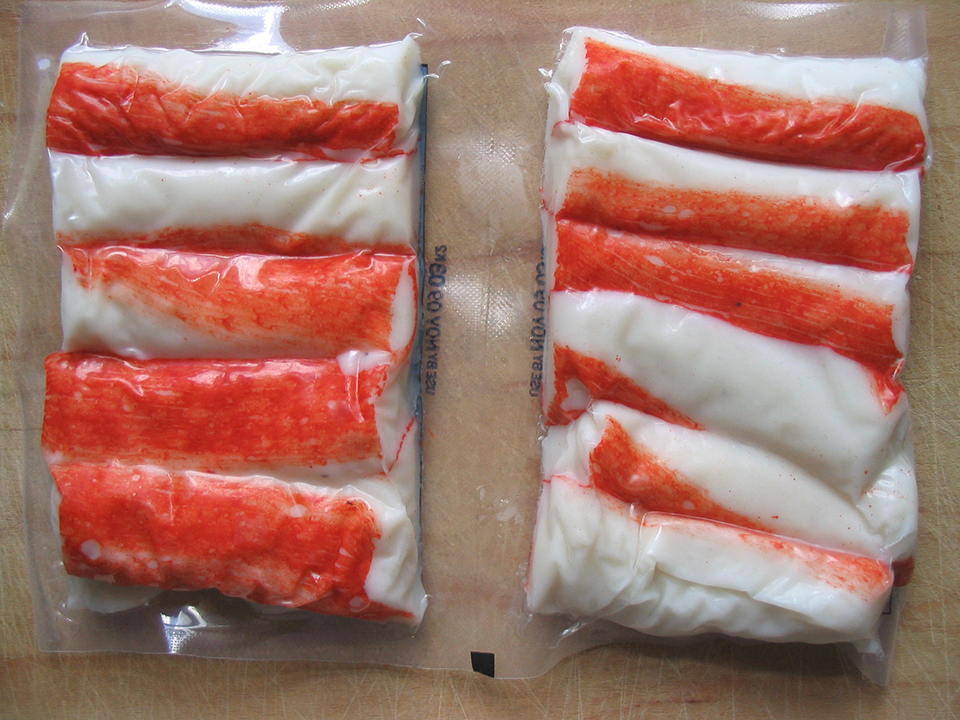
Intelligence
Byproduct utilization for increased profitability, part 2
Enzymes obtained from fish- and shellfish-processing wastes can be used in the making of a number of useful products. Lipase enzymes from fish can break down lipids, while amylases hydrolyze starch.

Intelligence
Byproduct utilization for increased profitability, part 3
Fish protein hydrolysates obtained from fish-processing wastes can be used to make valuable ingredients for the food and healthcare industries. Hydrolysates are produced from fish muscle and viscera through an autolytic process by endogenous enzymes or an accelerated method using exogenous enzymes.
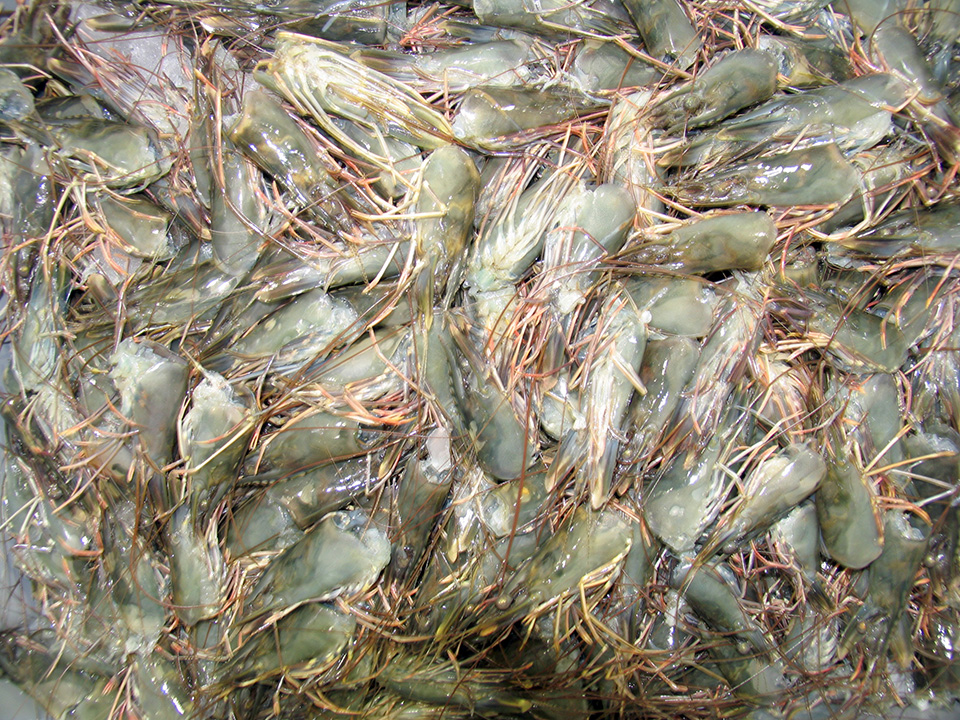
Intelligence
Byproduct utilization for increased profitability, part 4
Protein hydrolysates can be produced by acid, base or enzymatic hydrolysis processes. Acid hydrolysis produces salt that makes the product unsuitable for food and destroys some essential amino acids. An optimum process for one fish or shellfish by-product may not be optimum for another.



